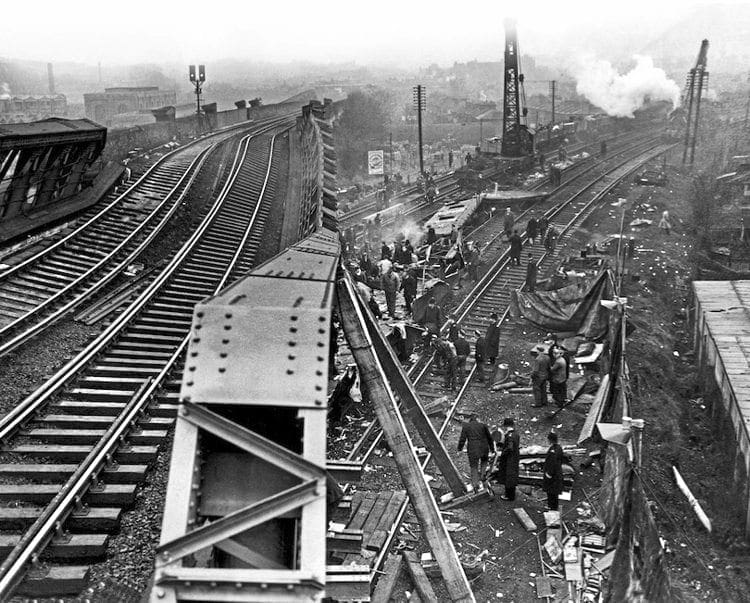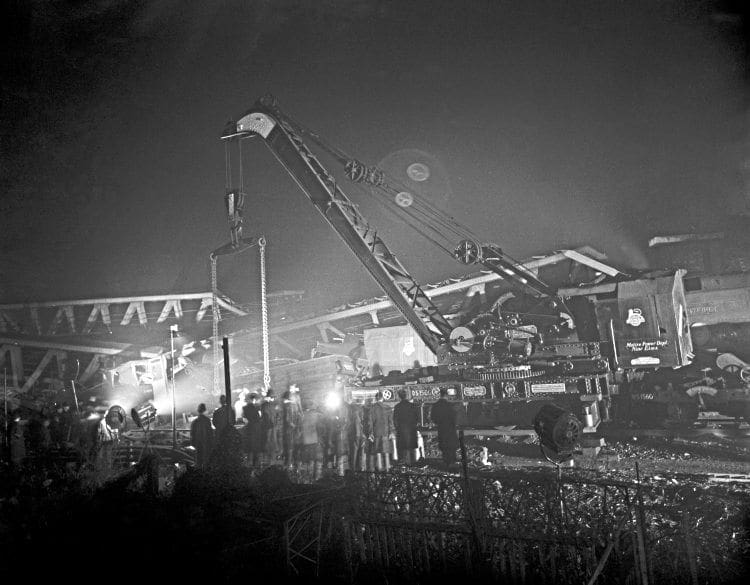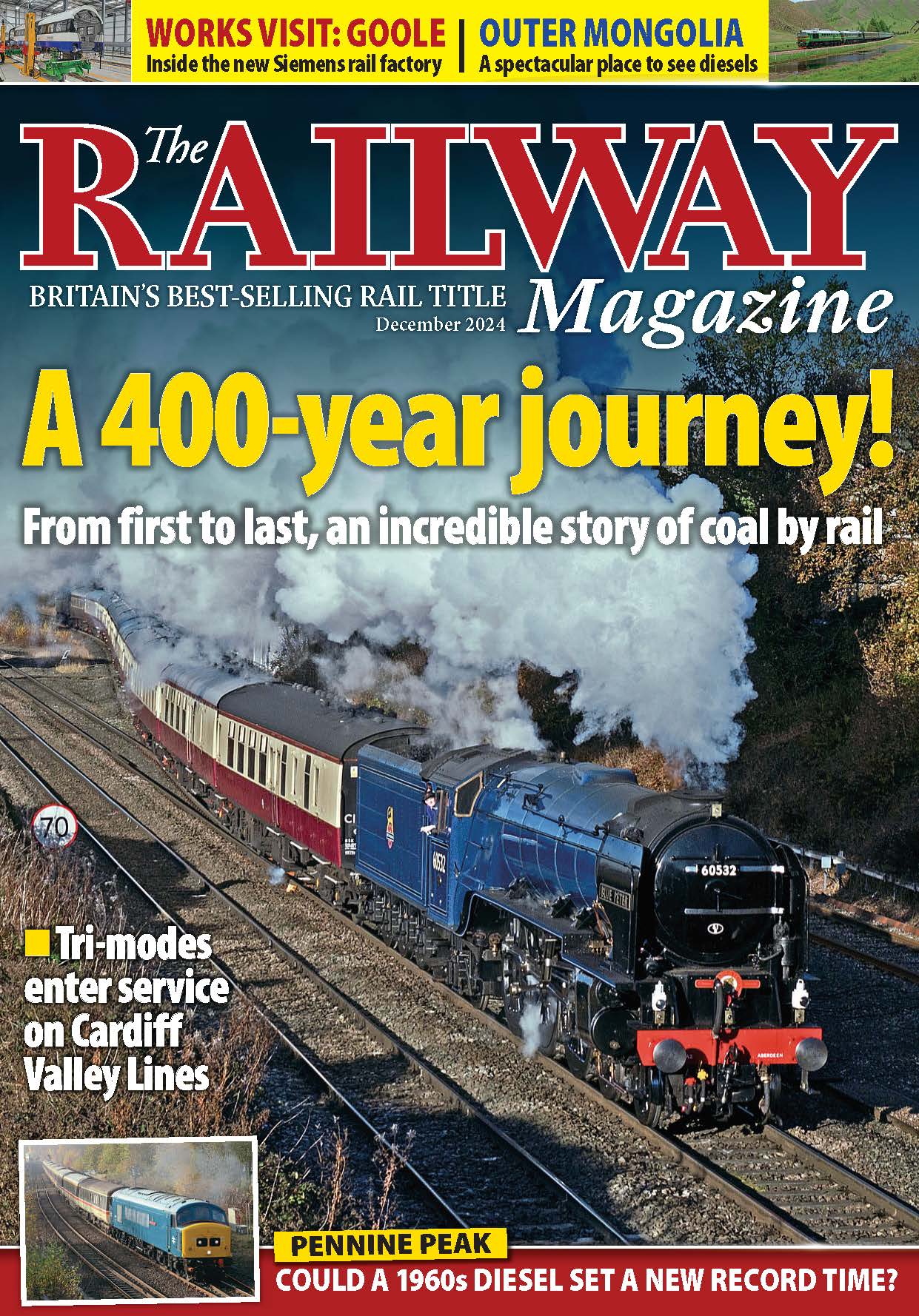So far, our mini-series this year has looked back at major train accidents that took place 50 years ago. It was after one of these that an RM reader suggested to a friend (Richard Vardy) he should contact the magazine with a previously unpublished first-hand account from his late father, who was a passenger that survived what was then the worst railway accident to have ever taken place on British Railways Southern Region. Sixty years ago this month, that accident took place at St Johns, Lewisham, South London. Brian Vardy’s testimony that he subsequently wrote after such a dreadful and traumatic experience precedes Fraser Pithie’s summary of the events of that fateful December fogbound night.
Brian Vardy’s Account
“The Lewisham train crash was one of the greatest rail disasters in British history. It became known in the family as the night Brian was killed. The reason was that I was involved in the accident and in the following days when lists of casualties started appearing in the press my name was included amongst those who died; the truth is they were so nearly right.

It happened on the evening of Wednesday, December 4, 1957 while I was travelling home from work. As we made our way out of London my train, a mainline steam train from Cannon Street station to Ramsgate, ran straight into the back of a stationary Charing Cross to Hayes suburban electric train. The results were horrendous.
Monthly Subscription: Enjoy more Railway Magazine reading each month with free delivery to you door, and access to over 100 years in the archive, all for just £5.35 per month.
Click here to subscribe & save
On that fateful day, the South East of England had awoken to a dismal dreary day. The whole area was wrapped in dense fog. Early in the day it was just about clear enough for people to get to work. Trains were running, albeit late.
However, as the day wore on the fog thickened. By midday, in London it was difficult to see a hand in front of you. Office lighting was on all day; at lunchtime it looked more like night time. Things got so bad that soon after lunch most of the staff were sent home – to try and make sure that they got there.

Some of us had jobs to finish and it was just after 5 o’clock I left the office. It was more by luck than good judgement that I found my way to Cannon Street station.
I arrived at Cannon Street to find, not unexpectedly, that scarcely any trains were running. Any attempt to run to timetable had long since been abandoned.
There were some suburban electric trains leaving, but of the many mainline steam trains timetabled down through Sevenoaks and Tonbridge (my station) to either Folkestone and Ramsgate or to Hastings, during the late afternoon and evening, only two were running.
The others were all stranded in the depths of Kent or Sussex, mainly because crews were unable to get to them to bring them up to London. One train had left a little earlier with all of two normal loads of passengers on board.
Read more in the December issue of The RM – on sale now!




